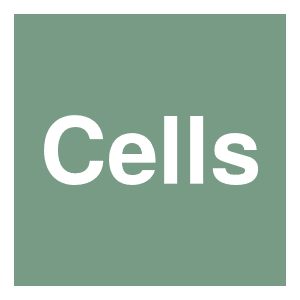CRISPR-Cas and Its Wide-Ranging Applications: From Human Genome Editing to Environmental Implications, Technical Limitations, Hazards and Bioethical Issues

|
R. Piergentili, A. Del Rio, F. Signore, F. U. Ronchi, E. Marinelli and S. Zaami,
Cells,
10:24.
2021.

The CRISPR-Cas system is a powerful tool for in vivo editing the genome of most organisms, including man. During the years this technique has been applied in several fields, such as agriculture for crop upgrade and breeding including the creation of allergy-free foods, for eradicating pests, for the improvement of animal breeds, in the industry of bio-fuels and it can even be used as a basis for a cell-based recording apparatus. Possible applications in human health include the making of new medicines through the creation of genetically modified organisms, the treatment of viral infections, the control of pathogens, applications in clinical diagnostics and the cure of human genetic diseases, either caused by somatic (e.g., cancer) or inherited (mendelian disorders) mutations. One of the most divisive, possible uses of this system is the modification of human embryos, for the purpose of preventing or curing a human being before birth. However, the technology in this field is evolving faster than regulations and several concerns are raised by its enormous yet controversial potential. In this scenario, appropriate laws need to be issued and ethical guidelines must be developed, in order to properly assess advantages as well as risks of this approach. In this review, we summarize the potential of these genome editing techniques and their applications in human embryo treatment. We will analyze CRISPR-Cas limitations and the possible genome damage caused in the treated embryo. Finally, we will discuss how all this impacts the law, ethics and common sense. More related to this: Evidence for extensive transmission distortion in the human genome A synthetic homing endonuclease-based gene drive system in the human malaria mosquito
|



